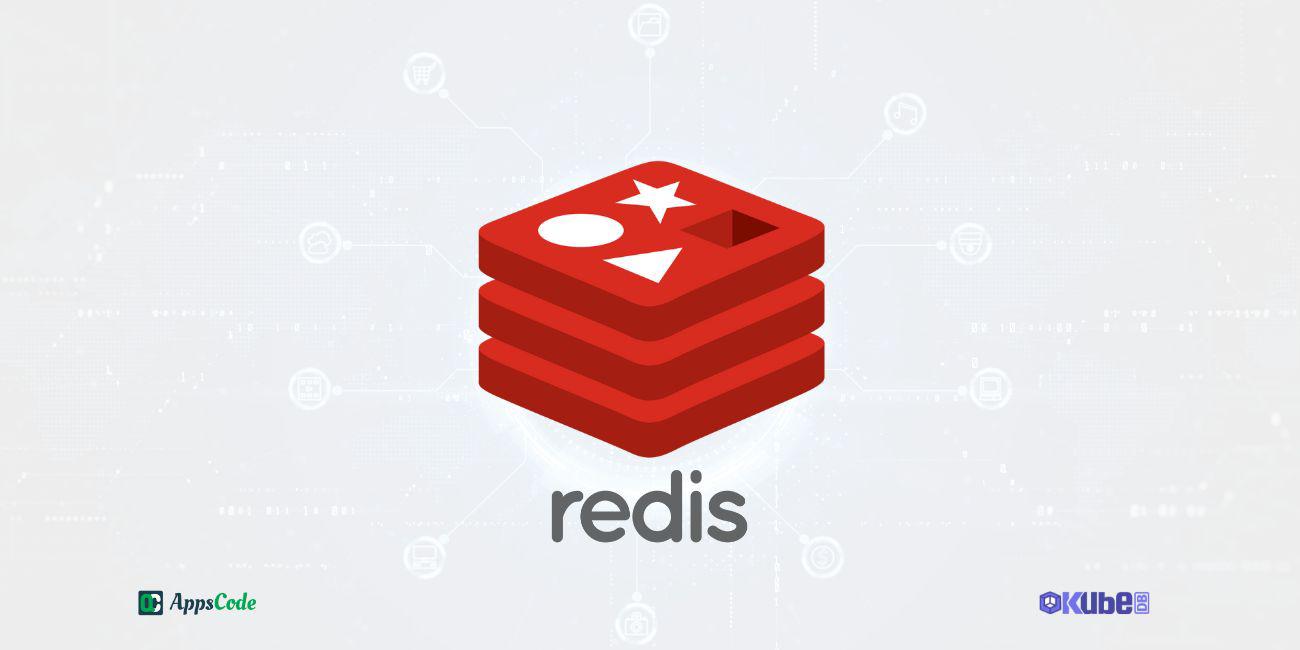
Overview
Developers are turning to caching technologies to boost performance and scalability as online applications become more complex and data-intensive. As a database cache server, Redis, an open-source in-memory data structure store, has gained popularity. In this post, we’ll analyze the architecture of Redis, its important features, and actual use cases for data caching in web applications.
Redis Architecture
Redis is developed to be fast and effective, keeping data in memory rather than on disk. When a data request is made, Redis checks its cache to see if the requested data is already stored in memory. If the data is not available in the cache, Redis fetches it from the disk or the original data source, such as a database or API, and puts it in the cache for future use.
Redis keeps data as a key-value store, where each key is paired with a value. A wide variety of data structures, such as strings, hashes, lists, sets, and sorted sets, are supported by Redis. This makes it simple to cache a wide range of data types and structures. Redis also provides persistence, allowing it to write data to disk on a regular basis. This means that in the event of a system crash or restart, Redis can recover data. Redis also offers replication, allowing for the scalability and availability of data to be repeated over different servers.
Key Features of Redis
Redis stores data in memory, making it extremely quick and efficient.
Redis can write data to disk periodically, allowing it to retrieve data in the event of a system failure or restart.
Redis provides replication, allowing data to be replicated across numerous servers for expanded availability and scalability.
Redis can be used as a publish/subscribe messaging system to provide real-time communication between applications or microservices.
Redis supports Lua scripting, letting developers write custom scripts to manage data in the cache.
Real Life Use Cases of Redis
Web Application Caching
Redis is widely used as a cache to accelerate access to frequently used data, such as web pages or API responses. This can significantly improve the efficiency of web applications, particularly those sites that gets a lot of traffic. As a result, using Redis to cache frequently viewed user profiles and posts is a great solution for a social networking platform. This would reduce the workload on the database and speed up the user response.
Session Storage
Redis can be used to store session data for web applications, enabling users to remain logged in and keep the status of their session across subsequent queries. Applications that require user identification and authorization will notably benefit from this. E-commerce sites utilize Redis to store user session data like as shopping cart contents and user preferences. The user experience is enhanced by enabling users to retain their login information and shopping cart across subsequent queries.
Real-time Analytics
Redis is capable of storing and analyzing real-time data streams such as user activity or sensor data. This makes it an effective option for applications like social media platforms and gaming websites that demand real-time data. Thus using Redis to store real-time game data, such as player locations and scores, is a preferable option for online gaming sites. This will enable real-time game updates for all players, enhancing the overall gameplay experience.
Conclusion
Redis is a powerful and universal database cache server that offers a vast range of features and capabilities. It is commonly used in web applications, real-time analytics, and job processing, among other uses. Redis is a great option for applications that need rapid and efficient data access because of its in-memory caching, persistence, and replication capabilities. Redis can assist you to store and access data fast and efficiently, whether you’re developing a small web app or a large-scale business system.
KubeDB Can Assist
It takes an extensive understanding and consistent practice to manage your organization’s database operations, whether they are on-premises or in the cloud. Your application performance may be impacted by the kind of open-source database you choose. You must determine which open-source database will best match for your apps and services, your infrastructure, and your clients before making your selection. To ensure your DBA expertise with the necessary performance and uptime criteria, KubeDB provides a complete support solution. We have a 24x7 support system and maintain SLA to provide 100% reliability to our clients. No matter if your database infrastructure is hosted on-site, geographically localized, or if you use cloud services or database-as-a-service vendors, KubeDB will assist you to manage this whole process in a production-grade environment. Learn more by watching tutorials about Redis
Support
To speak with us, please leave a message on our website .
To receive product announcements, follow us on Twitter .
To watch tutorials of various Production-Grade Kubernetes Tools Subscribe our YouTube channel.
More about Redis in Kubernetes
If you have found a bug with KubeDB or want to request for new features, please file an issue .









